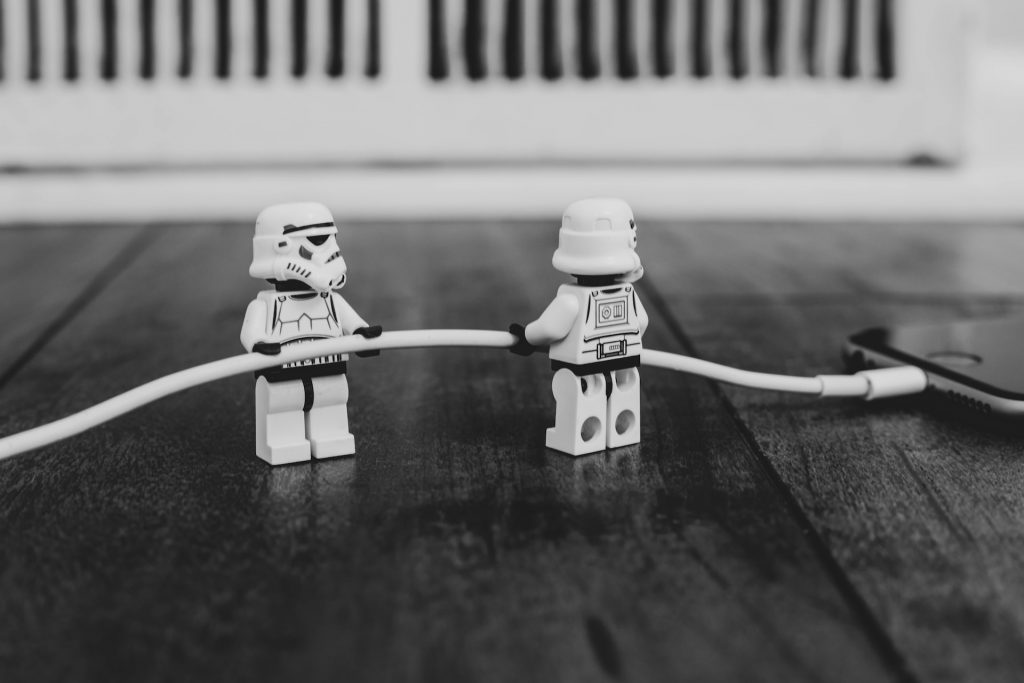
GUEST POST from Robyn Bolton
“Lego’s Latest Effort to Avoid Oil-Based Plastic Hits Brick Wall” – WSJ
“Lego axes plans to make bricks from recycled bottles” – BBC
“Lego ditches oil-free brick in sustainability setback” – The Financial Times
Recently, LEGO found itself doing the Walk of Atonement (see video below) after announcing to The Financial Times that it was scrapping plans to make bricks from recycled bottles, and media outlets from The Wall Street Journal to Fast Company to WIRED were more than happy to play the Shame Nun.
And it wasn’t just media outlets ringing the Shame Bell:
- “In the future, they should not make these kinds of announcements (prototype made from recyclable plastic) until they actually do it,” Judith Enck, President of Beyond Plastics
- “They are not going to survive as an organization if they don’t find a solution,” Paolo Taticchi, corporate sustainability expert at University College London.
- “Lego undoubtedly had good intentions, but if you’re going to to (sic) announce a major environmental initiative like this—one that affects the core of your company—good intentions aren’t enough. And in this instance, it can even undermine progress.” Jesus Diaz, creative director, screenwriter, and producer at The Magic Sauce, writing forFast Company
As a LEGO lover, I am not unbiased, but WOW, the amount of hypocritical, self-righteous judgment is astounding! All these publications and pundits espouse the need for innovation, yet when a company falls even the tiniest bit short of aspirations, it’s just SHAME (clang) SHAME (clang) SHAME.
A LEGO Atlantis 8073 Manta Warrior (i.e., tiny) bit of context
In 1946, LEGO founder Ole Kirk Christiansen purchased Denmark’s first plastic injection molding machine. Today, 95% of the company’s 4,400 different bricks are made using acrylonitrile butadiene styrene (ABS), a plastic that requires 4.4 pounds of oil to produce 2.2 pounds of brick. Admittedly, it’s not a great ratio, and it gets worse. The material isn’t biodegradable or easily recyclable, so when the 3% of bricks not handed down to the next generation end up in a landfill, they’ll break down into highly polluting microplastics.
With this context, it’s easy to understand why LEGO’s 2018 announcement that it will move to all non-plastic or recycled materials by 2030 and reduce its carbon emissions by 37% (from 2019’s 1.2 million tons) by 2032 was such big news.
Three years later, in 2021, LEGO announced that its prototype bricks made from polyethylene terephthalate (PET) bottles offered a promising alternative to its oil-based plastic bricks.
But last Monday, after two years of testing, the company shared that what was promising as a prototype isn’t possible at scale because the process required to produce PET-based bricks actually increases carbon emissions.
SHAME!
A LEGO Art World Map (i.e. massive) amount of praise for LEGO
LEGO is doing everything that innovation theorists, consultants, and practitioners recommend:
- Setting a clear vision and measurable goals so that people know what the priorities are (reduce carbon emissions), why they’re important (“playing our part in building a sustainable future and creating a better world for our children to inherit”), and the magnitude of change required
- Defining what is on and off the table in terms of innovation, specifically that they are not willing to compromise the quality, durability, or “clutch power” of bricks to improve sustainability
- Developing a portfolio of bets that includes new materials for products and packaging, new services to keep bricks out of landfills and in kids’ hands, new building and production processes, and active partnerships with suppliers to reduce their climate footprint
- Prototyping and learning before committing to scale because what is possible at a prototype level is different than what’s possible at pilot, which is different from what’s possible at scale.
- Focusing on the big picture and the long-term by not going for the near-term myopic win of declaring “we’re making bricks from more sustainable materials” and instead deciding “not to progress” with something that, when taken as a whole process, moves the company further away from its 2032 goal.
Just one minifig’s opinion
If we want companies to innovate (and we do), shaming them for falling short of perfection is the absolute wrong way to do it.
Is it disappointing that something that seemed promising didn’t work out? Of course. But it’s just one of many avenues and experiments being pursued. This project ended, but the pursuit of the goal hasn’t.
Is 2 years a long time to figure out that you can’t scale a prototype and still meet your goals? Maybe. But, then again, it took P&G 10 years to figure out how to develop and scale a perforation that improved one-handed toilet paper tearing.
Should LEGO have kept all its efforts and success a secret until everything was perfect and ready to launch? Absolutely not. Sharing its goals and priorities, experiments and results, learnings and decisions shows employees, partners, and other companies what it means to innovate and lead.
Is LEGO perfect? No.
Is it trying to be better? Yes.
Isn’t that what we want?
Image Credit: Pixabay
![]() Sign up here to get Human-Centered Change & Innovation Weekly delivered to your inbox every week.
Sign up here to get Human-Centered Change & Innovation Weekly delivered to your inbox every week.
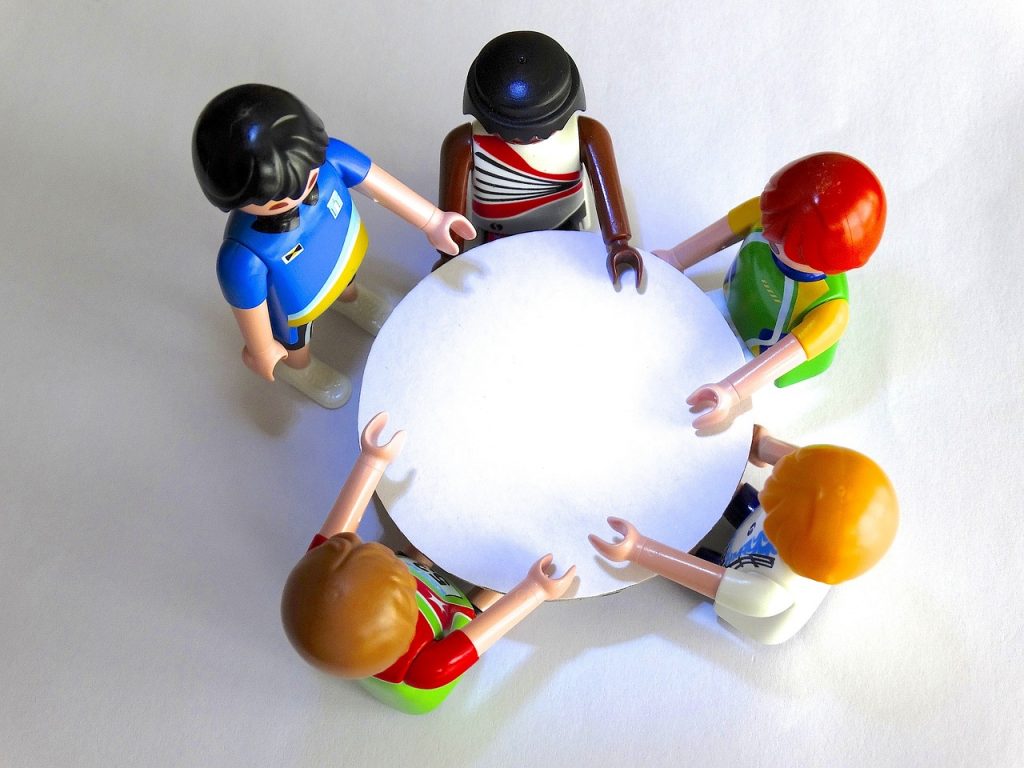

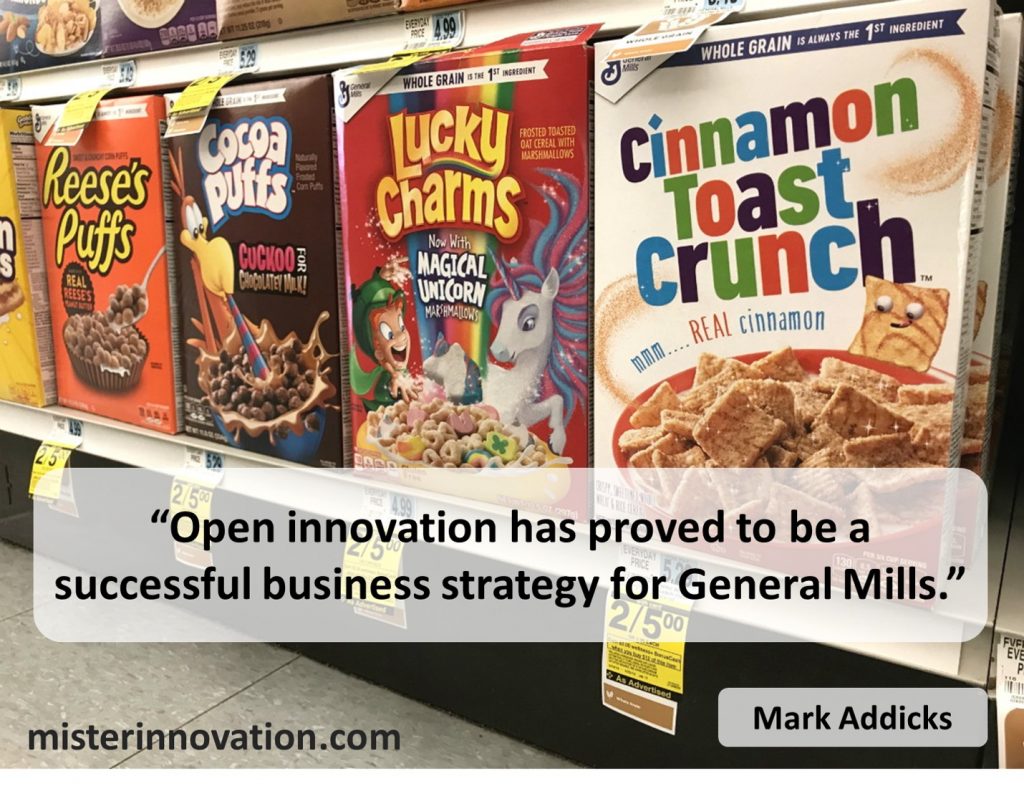
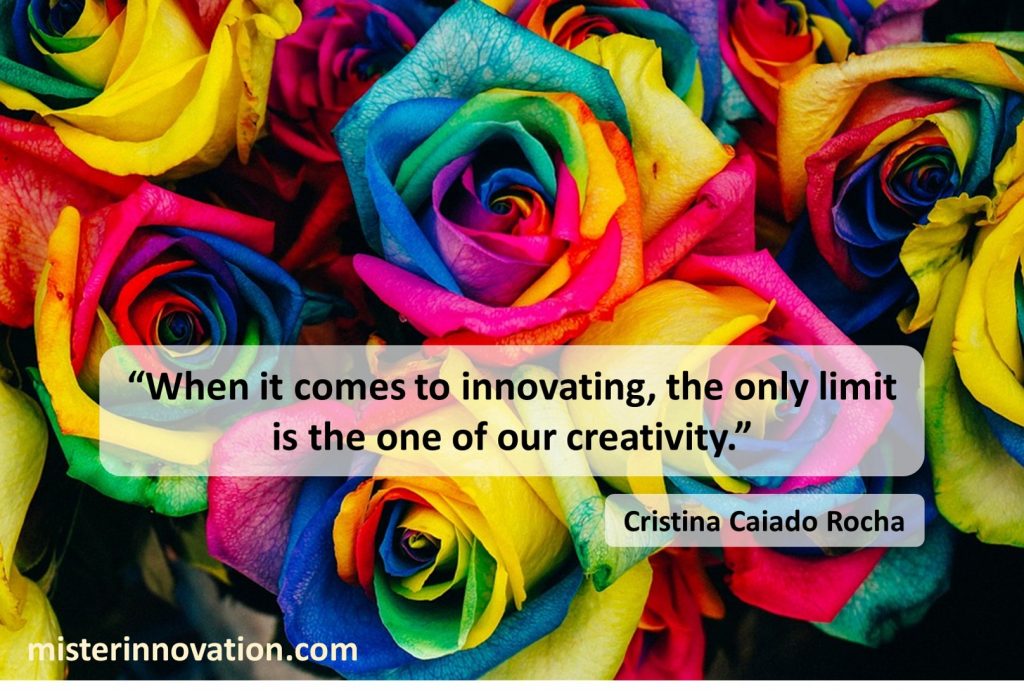


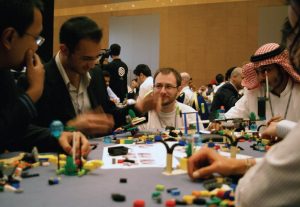 “The community building began with the students placed into teams and, led by Jens Hoffmann of Strategic Play, proceeded with the team members building LEGO models to represent themselves, their ideal teammate and what each individual would contribute to their team during the two day workshop. From there, the teams created a group model, with the team members building and writing about how their community could service society. While the models were challenging to think about, the students all were creative in their models and bonded while building the group model, with groups getting more and more animated in their discussions and building. Building was punctuated by comments and laughs as teams built different models and items. With a common goal, the teams began to bond, regardless of language and culture, and by the end of the day, each table had a shared model, a shared language and shared view of the world.”
“The community building began with the students placed into teams and, led by Jens Hoffmann of Strategic Play, proceeded with the team members building LEGO models to represent themselves, their ideal teammate and what each individual would contribute to their team during the two day workshop. From there, the teams created a group model, with the team members building and writing about how their community could service society. While the models were challenging to think about, the students all were creative in their models and bonded while building the group model, with groups getting more and more animated in their discussions and building. Building was punctuated by comments and laughs as teams built different models and items. With a common goal, the teams began to bond, regardless of language and culture, and by the end of the day, each table had a shared model, a shared language and shared view of the world.”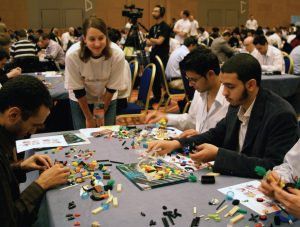 “Afterwards, there was a final session devoted to evaluating the lessons learned. Bashar Al Safadi of Omniegypt was the host of this session, where the teams discussed what they learned from all of their activities. From their discussions, the top points were determined and presented to all of the teams. And through all the differences the students had when they first met, they found they had a lot in common – and they all had learned to communicate and have fun with each other.
“Afterwards, there was a final session devoted to evaluating the lessons learned. Bashar Al Safadi of Omniegypt was the host of this session, where the teams discussed what they learned from all of their activities. From their discussions, the top points were determined and presented to all of the teams. And through all the differences the students had when they first met, they found they had a lot in common – and they all had learned to communicate and have fun with each other.